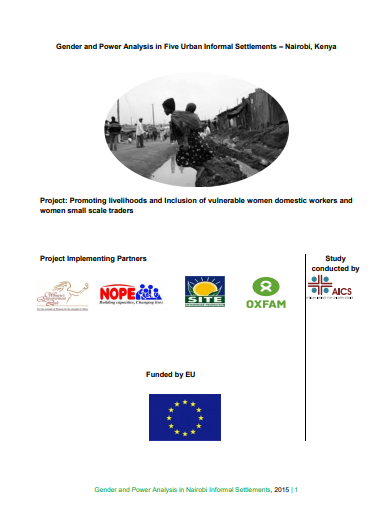Urbanism and Cultural Heritage: How to maintain history and forge into modernity in a fast growing Yangon
Abstract: "This report is about urbanism and historical heritage preservation in Yangon, Myanmar. When we
look at urbanism, we are as well to view from the perspectives of urban development along with
urban planning. The buildings are merely the physical infrastructures for the citizens of Yangon
but also
the cultural landscape and the history of the place. They have been changing throughout
the time along with social and culture values of the local people. To be able to understand fully
about the urban development of a certain area,




